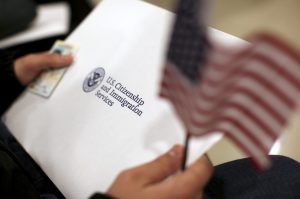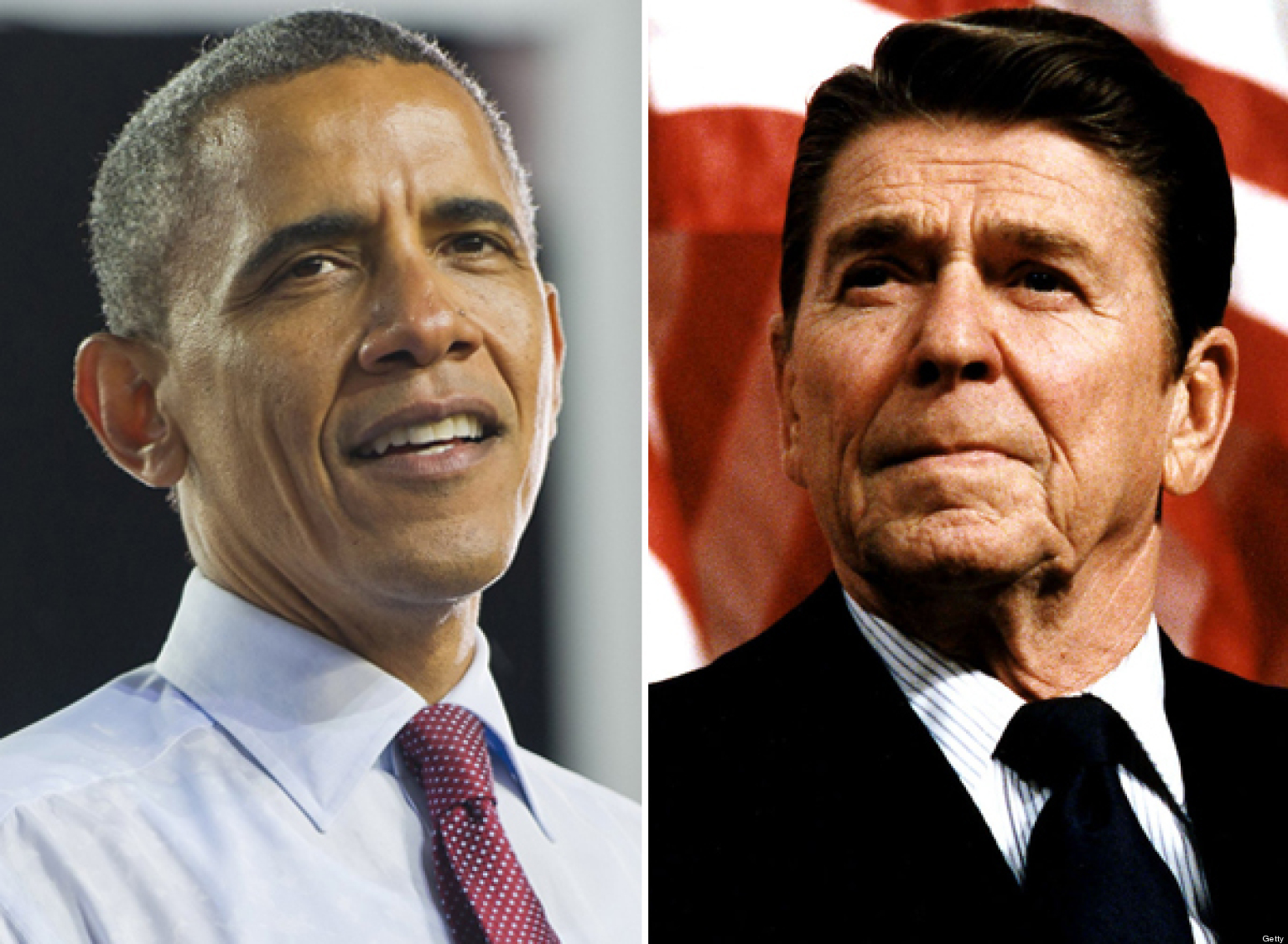 Obama recently announced an executive order that could temporarily protect more than 4 million undocumented immigrants in the U.S. from being deported, and he’s among some surprising company in the history of immigration reform.
Obama recently announced an executive order that could temporarily protect more than 4 million undocumented immigrants in the U.S. from being deported, and he’s among some surprising company in the history of immigration reform.
In a speech last week, Obama announced an executive order that will overhaul the immigration system. In addition to protecting undocumented parents from deportation, his action will include provisions to allow foreign graduates of U.S. universities to stay and work for a longer period of time after they graduate and foreign entrepreneurs to self-petition for green cards. In the face of criticism from the Republican Party over Obama’s executive order, Democrats have emphasized the connection between the president’s actions and his Republican predecessors. In 1986, Ronald Reagan enacted the Immigration Reform and Control Act, which granted 3 million undocumented immigrants temporary residency and authorized the Attorney General to protect undocumented immigrants who did not qualify for amnesty in the interest of “family unity.” George H.W. Bush expanded the interpretation of a “family unit” in the Immigration Reform and Control Act in 1990 to allow spouses and children of those protected by the bill to live and work in the United States.
While Obama and presidents before him similarly expanded amnesty in a move toward immigration reform, they enacted their policies under much different circumstances. NPR’s Ron Elving says of the Immigration Reform and Control Act, “this bill was a product of five years of negotiation between Rep. Alan Simpson of Wyoming and Dem. Romano Mazzoli of Kentucky. The bill was passed with what we used to call broad bipartisan support, in both chambers of Congress and you know, it was considered a model of cooperation at the time.” Obama’s action is quite the opposite.
After fruitlessly prodding a Republican House to take steps toward immigration reform, Obama has decided to take action into his own hands. The Constitution does not explicitly grant the president the power of executive order– it’s arisen as an interpretation of Article 11 Section 1, which refers to the president’s undefined “executive power.” Historically, the executive order has been used by the executive branch to manage federal bureaus and to grant the president discretionary powers in Acts of Congress. Obama’s executive order on immigration is not an addition to an Act of Congress or a more precise definition of the president’s role in the process of enforcing a new law, but a deliberate circumvention of Congress’s authority. He says that the action is only a temporary solution designed to push Congress into action. “I want to work with both parties to pass a more permanent legislative solution,” said Obama. The president has stated that when he signs an immigration reform bill from Congress, his executive order will no longer be in effect.
Contact the author:
Jennifer Swanson
[email protected]

